Bigfoot Sightings: Myth Or Reality?
Bigfoot, often referred to as Sasquatch, has been a centerpiece of North American folklore. Stories of this elusive, hairy giant have been circulating for centuries. Native American tribes, particularly in the Pacific Northwest, have passed down stories of large, mysterious creatures roaming the forests.
DISCLOSURE:
All of my posts on this website do contain affiliate links. They will lead you to other blogs i have written about Bigfoot Stories. There are also Amazon Products links on this Blog.So If you click on any link and make a purchase, As an Amazon Associate I earn from qualifying purchases. It is also at no additional cost to you to explore these links. Enjoy!!
- Coffee Mug 11Oz,Black Mug Bigfoot Stole My Weed Retro Vintage Stoner Sasquatch
- Bigfoot Stole My Weed Funny Retro Sasquatch Forest Pullover Hoodie T-Shirt, Long Sleeve Shirt, Sweatshirt, Hoodie Unisex Adult Size Made in Canada
The fascination with Bigfoot isn’t just a modern phenomenon. Historical records hint at early European settlers, and explorers also reported Bigfoot-like creatures. These accounts gave rise to a legendary figure that continues to intrigue generation after generation.
Why does Bigfoot capture our imagination so profoundly?
Part of it is the allure of the unknown. Humans are naturally drawn to mysteries. The idea that there might be undiscovered creatures lurking in the wilderness is thrilling. The dense, uncharted forests add to this air of mystery.
The initial reported sightings in the mid-20th century catapulted Bigfoot into the limelight. The 1958 footprint discovery in Bluff Creek, California, particularly grabbed public attention. The famous Patterson-Gimlin film from 1967 Further fueled speculation and curiosity. Even though the authenticity of these accounts is hotly debated, they remain pivotal in Bigfoot lore.
Understanding the cultural and historical context of Bigfoot is essential. The story of Bigfoot isn’t just about a creature; it’s about how humans interpret and respond to the unknown. Our fascination isn’t limited to sightings alone; it’s an ongoing quest that blends history, culture, and a touch of adventure.
Examining the Evidence: Famous Bigfoot Sightings
Bigfoot sightings have been reported across North America for decades, but some have certainly stood out more than others. These sightings often come with supposed photographic, video, or even physical evidence that stirs up excitement and skepticism in equal measure.
One of the most famous pieces of evidence is the Patterson-Gimlin film, shot in 1967 in the forests of Northern California. The film shows a large, ape-like creature striding through a clearing, glancing back at the camera. Even today, this footage is intensely scrutinized by both believers and skeptics alike. Scientific analyses have been conducted to determine its authenticity, but consensus remains elusive.
Great read on
The Patterson-Gimlin film, shot in 1967
Photographic and video evidence can be compelling, yet they also invite skepticism. Many photos and videos claiming to show Bigfoot have been debunked as hoaxes or misidentifications. However, some still argue that certain pieces of evidence are too detailed and accurate to dismiss entirely.
Eyewitness accounts are another major component of Bigfoot evidence. People from all walks of life, including hunters, hikers, and even police officers, have reported encounters. Their stories often share common elements: a tall, hairy creature with human-like features. While it’s easy to be skeptical, the consistency across numerous accounts suggests there’s something worth investigating.
The History Of Bigfoot Sightings
The credibility of these reports varies. On one hand, many have dismissed sightings as hoaxes, pranks, or cases of mistaken identity. On the other hand, credible individuals occasionally report sightings that can’t be easily explained away. These accounts add an intriguing layer to the mystery, prompting further research and debate.
Scientific Perspectives: Possibility or Pseudoscience?
When it comes to Bigfoot, the scientific community offers a range of perspectives, from outright dismissal to cautious interest. Mainstream scientists typically view Bigfoot sightings through a skeptical lens, often attributing them to phenomena like misidentified wildlife, hoaxes, or psychological factors.
Some researchers argue that there’s a need for open-mindedness. Cryptozoologists—a term for those who study unknown and mysterious animals—believe that the possibility of undiscovered species should not be ruled out. They argue, “How many times have we discovered new species that defy our previous understanding of the animal kingdom?” It’s a point worth pondering.
A variety of theories exist about where Bigfoot might fit into the scientific landscape. Some suggest Bigfoot could be a relic population of a prehistoric species, like Gigantopithecus, an extinct giant ape. Others posit the creature may be a previously unknown primate species that has managed to elude scientific discovery—a tough feat, but not impossible.
The field of cryptozoology can be controversial. Critics argue that without concrete evidence—like a body or skeleton—claims of Bigfoot remain squarely in the realm of pseudoscience. However, cryptozoologists often point to the discovery of the coelacanth, a fish thought to be extinct for millions of years, as evidence that our planet can still surprise us.
The debate between skeptics and believers is a fierce one. Skeptics want hard evidence, the kind that can be examined and tested in a lab. Believers argue that the absence of evidence is not the evidence of absence. This tug-of-war keeps the mystery of Bigfoot alive and well in scientific circles.
Understanding these scientific perspectives helps to frame the broader conversation about Bigfoot. It’s not just about believing or not believing; it’s about the rigorous pursuit of knowledge and the methodologies we use to understand our world. Whether through traditional science or the more speculative realm of cryptozoology, the quest for truth continues to captivate and challenge.
Bigfoot in Pop Culture and Media
Bigfoot has stomped its way into the heart of pop culture and media. From blockbuster movies to viral internet memes, this elusive creature has achieved a level of fame most Hollywood actors would envy.
Bigfoot’s portrayal in film and television has been varied, to say the least. Movies like ‘Harry and the Hendersons‘ painted Bigfoot as a gentle giant, while horror films depict him as a fearsome creature lurking in the shadows. TV shows and documentaries, ranging from ‘Finding Bigfoot’ to ‘MonsterQuest’, keep the legend alive by exploring evidence and interviewing witnesses.
Literature has also embraced the Bigfoot legend. From serious scientific explorations to fun, fictional stories, books about Bigfoot capture the imagination of readers young and old. Comics have jumped on the bandwagon too, with Bigfoot sometimes starring as a misunderstood hero or a menacing villain.
The Origins Of Sasquatch Lore: How Myths And Legends Evolved
The influence of Bigfoot extends beyond storytelling. In some places, Bigfoot has become a major tourist attraction. Towns like Willow Creek in California and Harrison Hot Springs in British Columbia host Bigfoot festivals, museums, and guided tours, attracting visitors from all over the globe. This creature’s mythical status undoubtedly boosts local economies.
Modern technology has cemented Bigfoot’s status as an internet icon. Viral videos, social media challenges, and countless memes keep the legend alive in the digital age. The hashtag #Bigfoot brings up thousands of posts, each contributing to the creature’s enduring presence in pop culture.
Bigfoot’s impact on media and culture illustrates more than just a fascination with the unknown. It reflects a human desire for adventure, mystery, and perhaps a longing to believe that there’s still wildness in our world, a place where the extraordinary can still exist.
Field Research and Investigations
Various organizations and independent researchers are dedicated to unearthing the truth about Bigfoot. These organizations often employ teams that include biologists, trackers, and other experts who bring a scientific approach to the hunt for Bigfoot.
Fieldwork in this niche is no stroll through the park. Investigators often venture deep into dense forests, mountain ranges, and other remote areas where sightings have been reported. Their work includes placing trail cameras, collecting samples, and analyzing sounds or footprints they encounter. Some expeditions even last for weeks, requiring a serious commitment to the cause.
Technological advancements have significantly impacted Bigfoot research. High-definition trail cameras, drones, and audio recording equipment provide tools that early Bigfoot hunters could only dream of. These technologies increase the chances of capturing compelling evidence, whether it’s high-quality video footage or clear audio of mysterious sounds.
The Psychology Of Belief: Why Do People Believe In Sasquatch?
Noteworthy expeditions have come and gone, each contributing its own share of discoveries and disappointments. Some expeditions report intriguing findings—like unexplained footprints or hair samples—though these pieces of evidence are often met with skepticism. Notably, certain efforts have produced casts of alleged Bigfoot footprints, which are studied meticulously for anatomical peculiarities that could suggest they’re genuine.
Field researchers face unique challenges. The remote locations and harsh conditions demand physical endurance and meticulous planning. The possibility of encountering dangerous wildlife poses additional risks. Yet, the thrill of potentially uncovering definitive evidence keeps many investigators going, fueled by the hope that their next discovery could be the breakthrough they’ve been seeking.
Psychological and Social Aspects
Belief in Bigfoot extends beyond the realm of physical evidence. The psychological and social factors that contribute to the Bigfoot phenomenon are just as fascinating. Understanding why people believe in Bigfoot can provide insight into human nature and society.
One psychological factor at play is pareidolia, the tendency to perceive familiar patterns, like faces, in random stimuli. This phenomenon might explain why some people see Bigfoot in grainy photos or hear Bigfoot-related sounds in woods. Our brains are wired to recognize patterns, even where none exist, which can lead to misinterpretations of natural occurrences.
Social aspects also contribute to the Bigfoot legend. Growing up with stories of Bigfoot, shared through family, friends, or even popular media, fosters a sense of community and shared belief. This cultural transmission of the Bigfoot legend ensures it remains a topic of fascination across generations.
The Origins Of Sasquatch Lore: How Myths And Legends Evolved
Then there are people who genuinely want to believe in Bigfoot, driven by a sense of adventure, mystery, and the possibility that not everything in the world has been discovered. It’s a form of escapism, a way to inject a bit of the unknown into our everyday lives.
There’s also the role of subcultures. Communities and groups have formed around the shared belief in Bigfoot, creating a sense of belonging among members. These groups often conduct their own investigations, share sightings, and keep the legend alive through events and online forums.
Understanding these psychological and social factors helps to explain why Bigfoot retains its grip on the popular imagination. It’s not just about whether Bigfoot exists; it’s about what the belief in Bigfoot reveals about us as individuals and as a society.
Conclusion: Weighing the Evidence
After exploring the various aspects of Bigfoot—from legendary roots and famous sightings to scientific inquiries and media portrayals—one thing is clear: Bigfoot captures the imagination in a way few other mysteries do.
The arguments for Bigfoot’s existence are rooted in a mix of anecdotal evidence, scientific curiosity, and cultural storytelling. Eyewitness accounts, controversial video footage, and unexplained footprints offer tantalizing clues but fall short of definitive proof. Scientific perspectives range from outright skepticism to a cautious openness to new discoveries.
Pop culture and media have turned Bigfoot into an enduring icon, amplifying its presence in our lives through movies, books, and even memes. These portrayals keep the legend alive, making Bigfoot a staple of modern mythology.
The Tale Of The Alberta Bigfoot
Field researchers and organizations continue their tireless quest, braving harsh conditions and utilizing the latest technology to uncover evidence. Their efforts keep the scientific and public interest piqued, even if definitive answers remain elusive.
Psychological and social factors, from pareidolia to the sense of community among believers, play a significant role in sustaining the Bigfoot legend. These elements highlight our natural inclination for mystery and the unknown, showcasing how belief in Bigfoot is as much about human psychology as it is about the creature itself.
In the end, the story of Bigfoot is a tapestry woven from threads of science, culture, and human curiosity. While conclusive proof remains out of reach, the pursuit itself is enriching, offering a deeper understanding of our world and ourselves. Whether Bigfoot is real or simply an enchanting myth, the journey of exploring this possibility is an adventure in its own right.
check out more great blogs!
- Scientific Explanations For Sasquatch Myths: What Do Experts Say?
- Debunking Popular Sasquatch Myths: Separating Fact From Fiction
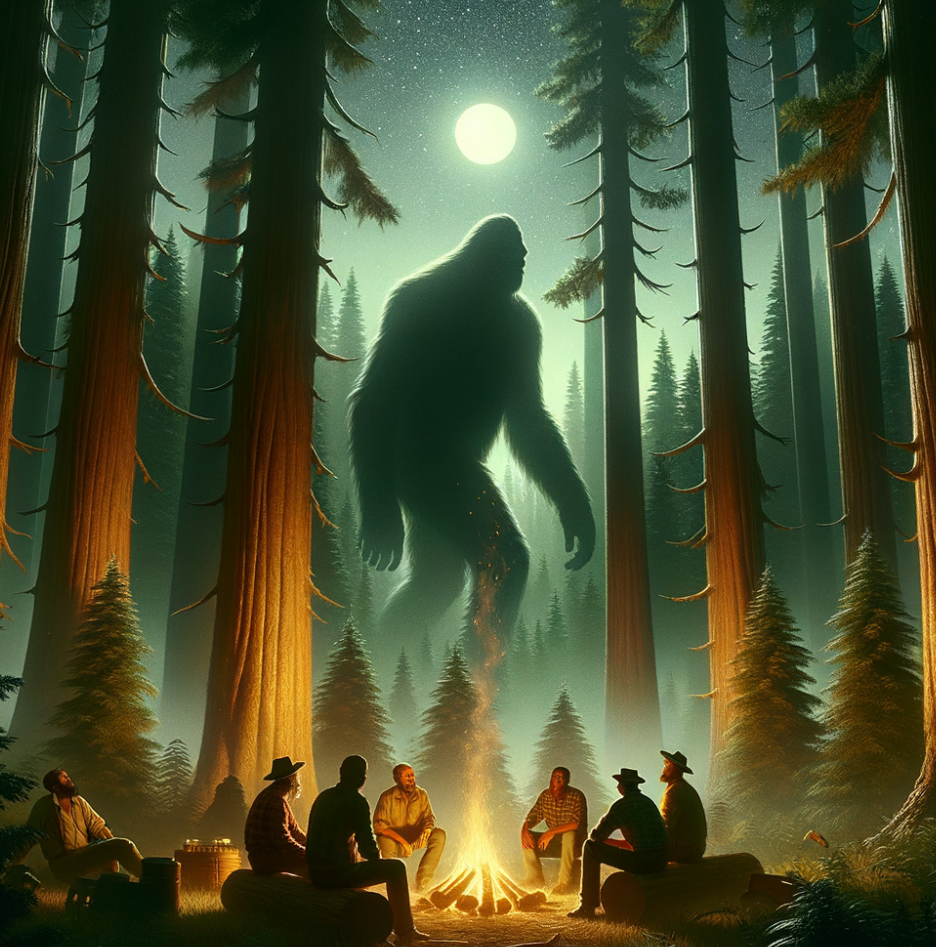
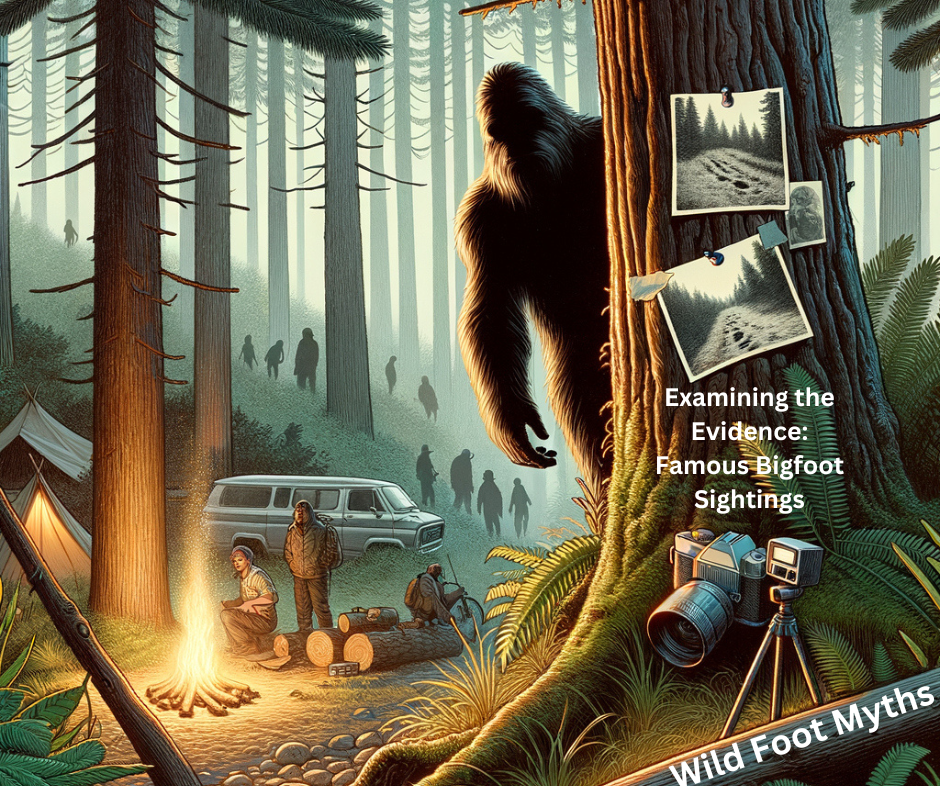
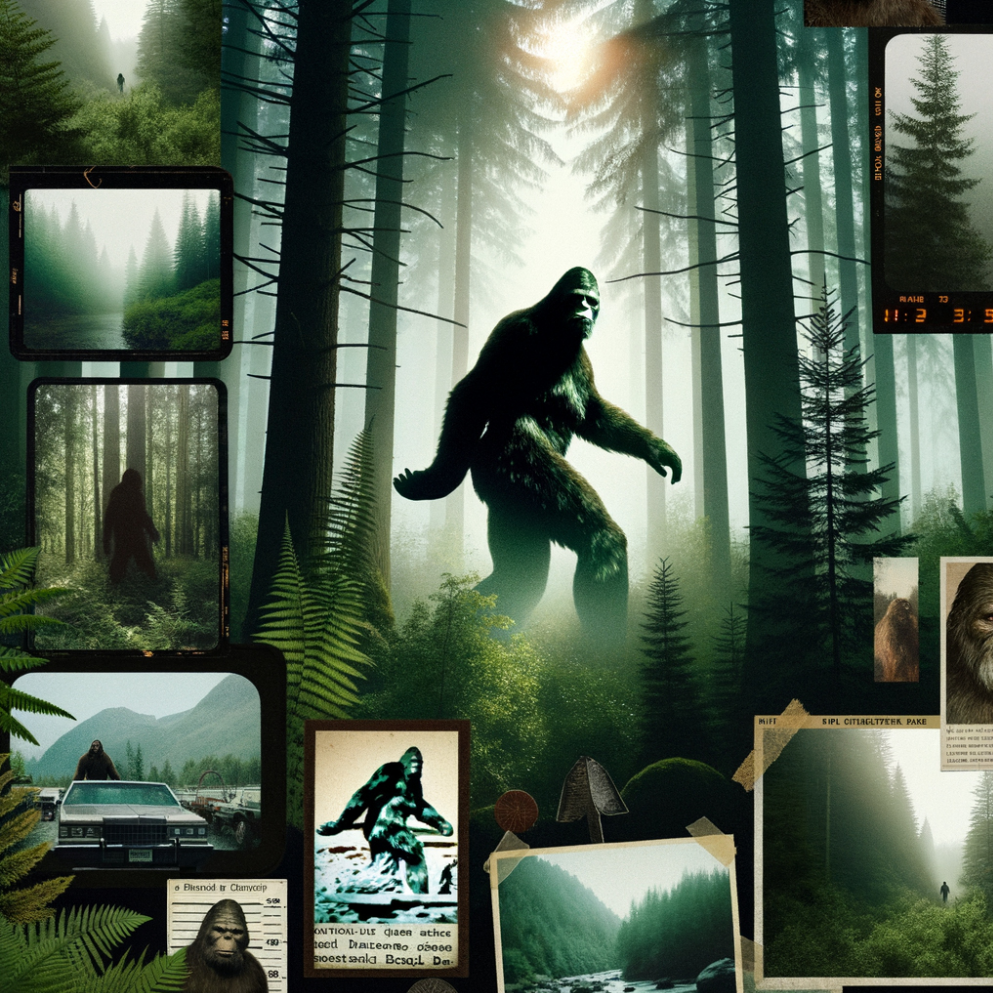
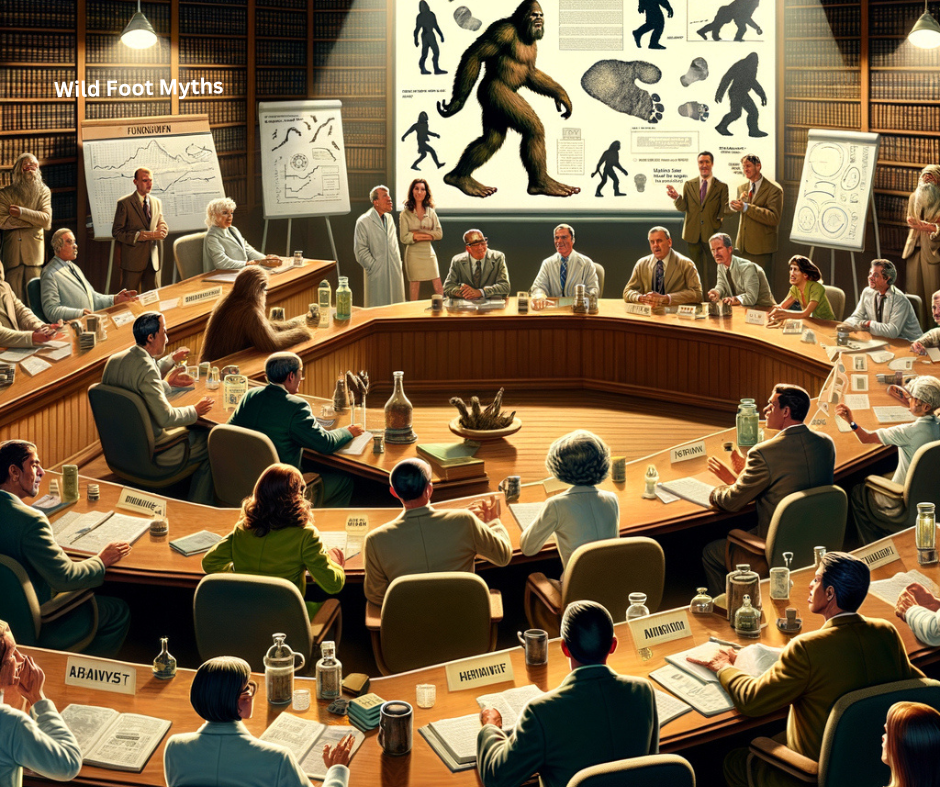
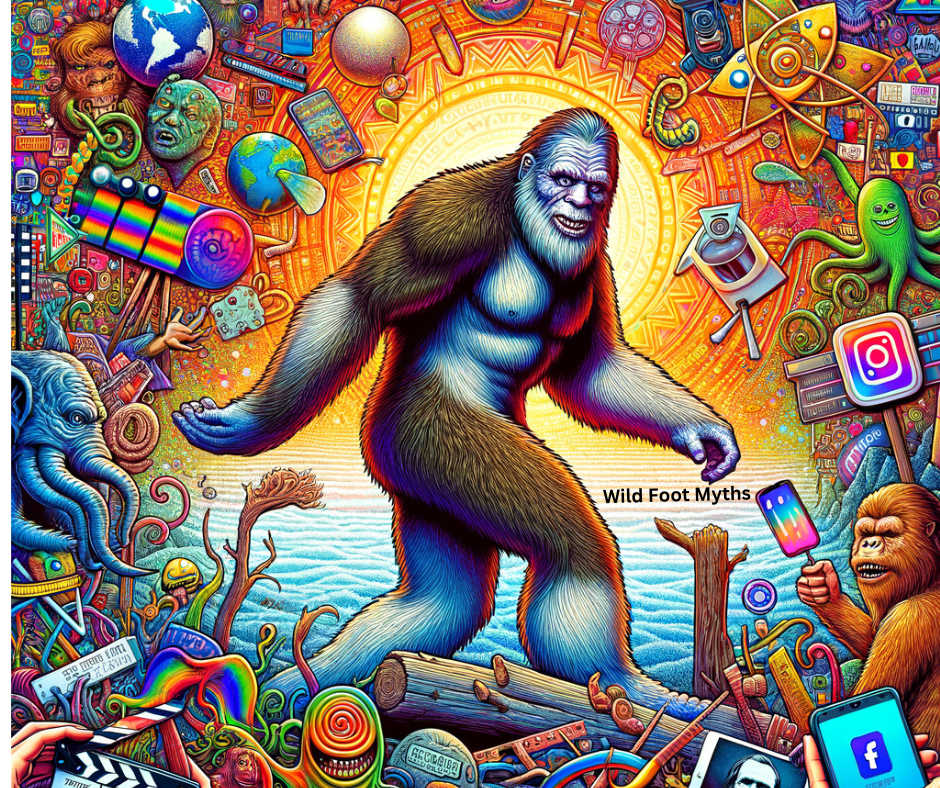
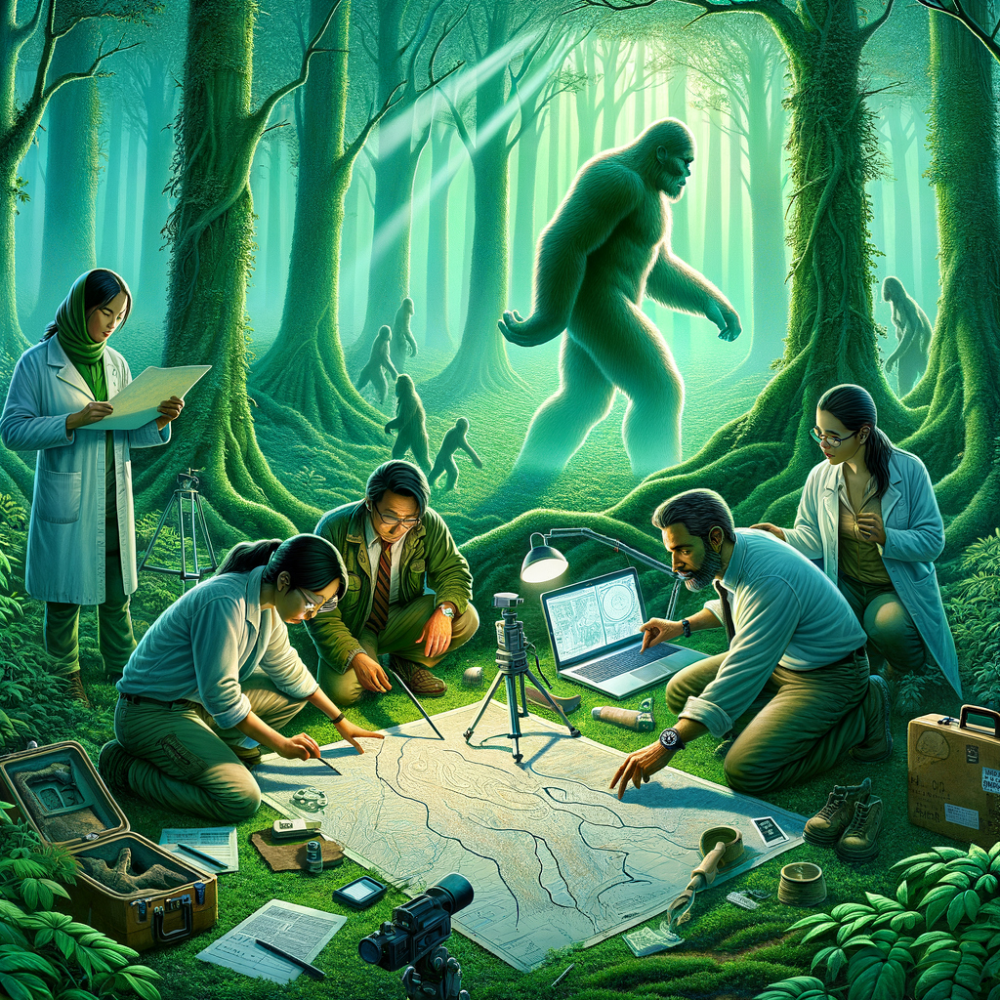
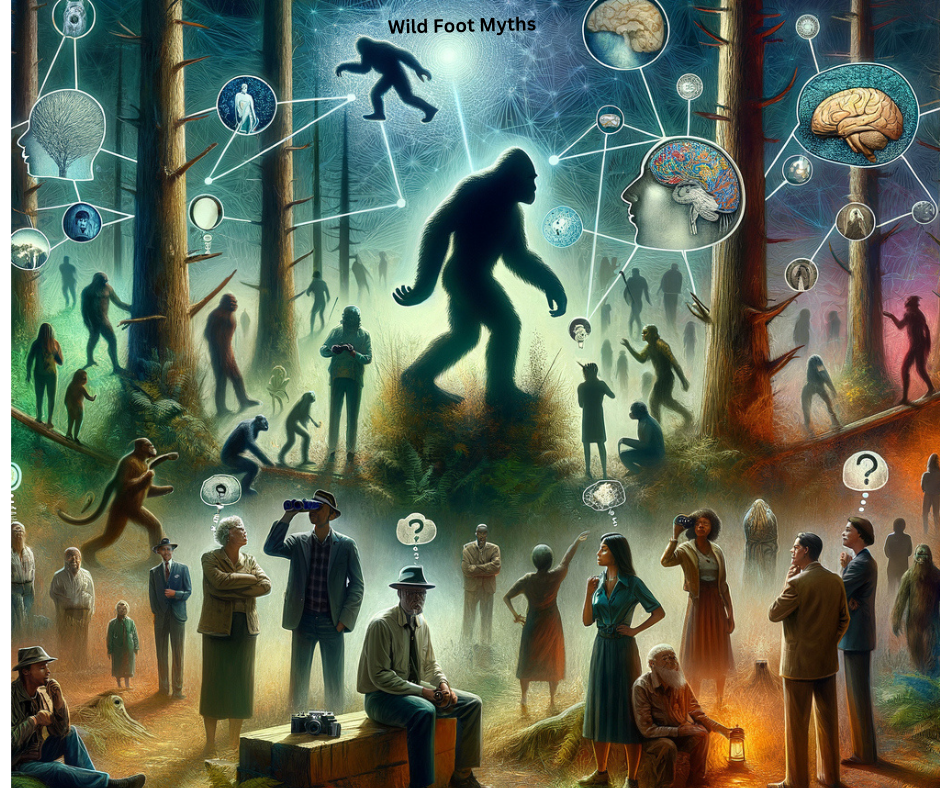
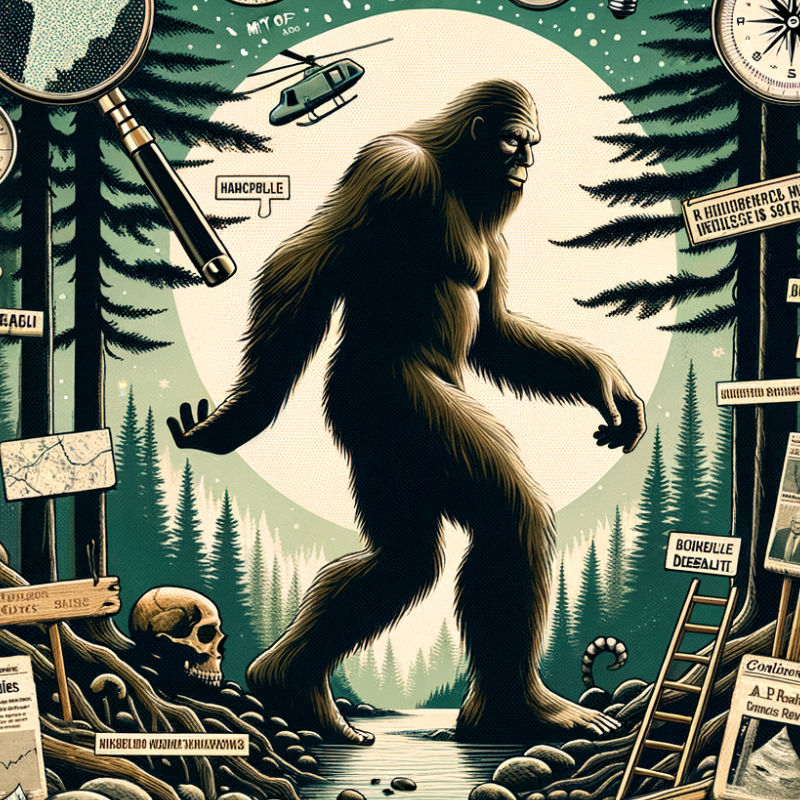
I didn’t have to worry about big foots when I was growing up. I had to worry about Menehunes. I mean there are large humans, maybe not furry. I thought I heard somewhere that these stories were to keep the kids or community from wondering off at night. I’m kinda tired of hearing mythical and mystery. I need proof. What do you personally believe?
Hi Robert
Menehune are a mythological race of dwarf people in Hawaiian tradition who are said to live in the deep forests and hidden valleys of the Hawaiian Islands, The Menehune can be a very interesting stories too. This must be the reason why you have never heard about Bigfoort as there has never been a sighting of Bigfoot in that region, Yes i Believe in Bigfoot as that is all you heard growing up in my region. Needing to see proof is all on the person there are video,Footprints, pictures, Reports, yes they have not found any dna yet but that will come out.
Let me ask you a question
Do you really believe in the Menehune ? And if so Why ? Looking into your answer on the Menehune
i will do a blog for you about the Menehune vs Bigfoot so that we can see the similarity of both and the reagions.
thanks for the great comment.
This was a fascinating read! It’s interesting how Bigfoot has been a part of folklore for so long and continues to capture people’s imaginations. The blend of historical accounts, scientific perspectives, and pop culture influence really gives a well-rounded view of the Bigfoot phenomenon. Whether you’re a skeptic or a believer, it’s clear that the mystery of Bigfoot offers a sense of adventure and wonder that keeps people intrigued.
Hi Maksim
100% i agree it is truly fascinating , and even if Bigfoot was ever found i think the stories would lose all the magic so i hope we just keep it as a belief and a myth. i’m a believer for sure that’s why i enjoy writing about Bigfoot but also about what the stories can tell us too.
are you a a skeptic or a believer ?